Your smart-girl glossary for geeky TV nights
If you’ve ever watched The Big Bang Theory and felt like you needed subtitles in “Geek,” you’re not alone. The show throws around real scientific and tech jargon like confetti, and sometimes the jokes come wrapped in concepts straight out of real-world research. Take The Cruciferous Vegetable Amplification — the second episode of season four — where Sheldon realises he might miss “the singularity” (the point when humans can upload their minds into machines) by just a few years. His solution? First, a strict Brussels-sprouts diet and jogging, then — after flatulence and a stair tumble — building a Mobile Virtual Presence Device so he could safely “live” from his room. It’s ridiculous and brilliant at the same time — and a perfect example of how the series blends real science with absurd humour.

So here’s your plain-English cheat sheet, complete with cultural references and a “How You’d Use It in Conversation” twist, so you can sound brilliantly nerdy at your next brunch.

1. Technological Singularity
In the show: Sheldon casually refers to the day machines outthink humans — and doesn’t seem to mind.
What it means: The hypothetical moment when AI surpasses human intelligence and starts improving on its own.
Why it matters: It’s the premise behind everything from utopian AI visions to robot-apocalypse thrillers (MIT Technology Review, 2023).
How you’d use it: “If my coffee machine ever starts giving me life advice, I think we’ve hit the singularity.”
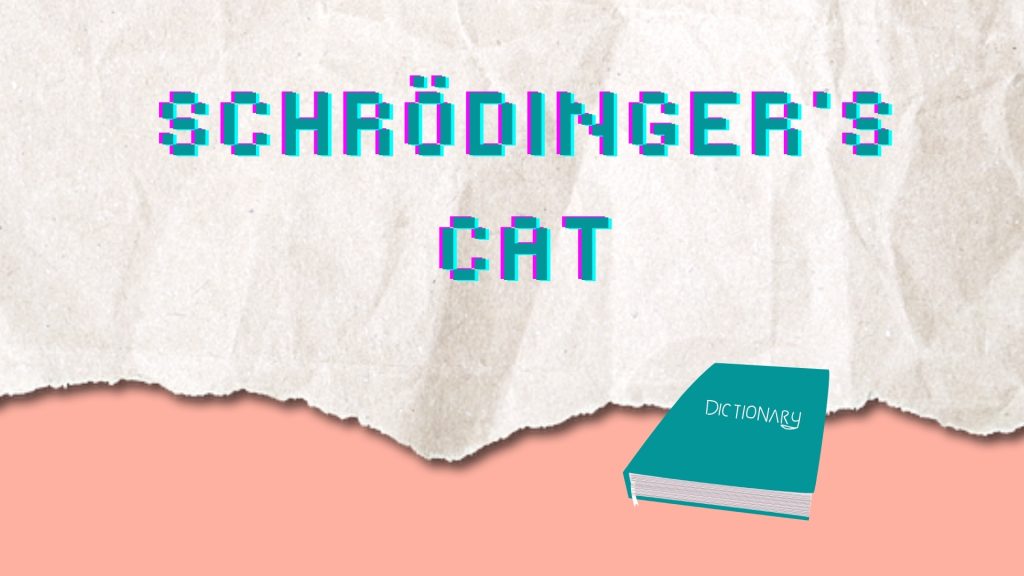
2. Schrödinger’s Cat
In the show: Sheldon uses it to explain dating dilemmas.
What it means: A famous quantum thought experiment where a cat is both alive and dead until observed.
Why it’s cool: A neat metaphor for uncertainty — in science and in life.
Real-world link: Foundation of quantum computing (Scientific American, 2020).
How you’d use it: “I’m in a Schrödinger’s cat situation with my job offer — I both have and don’t have it until they confirm.”
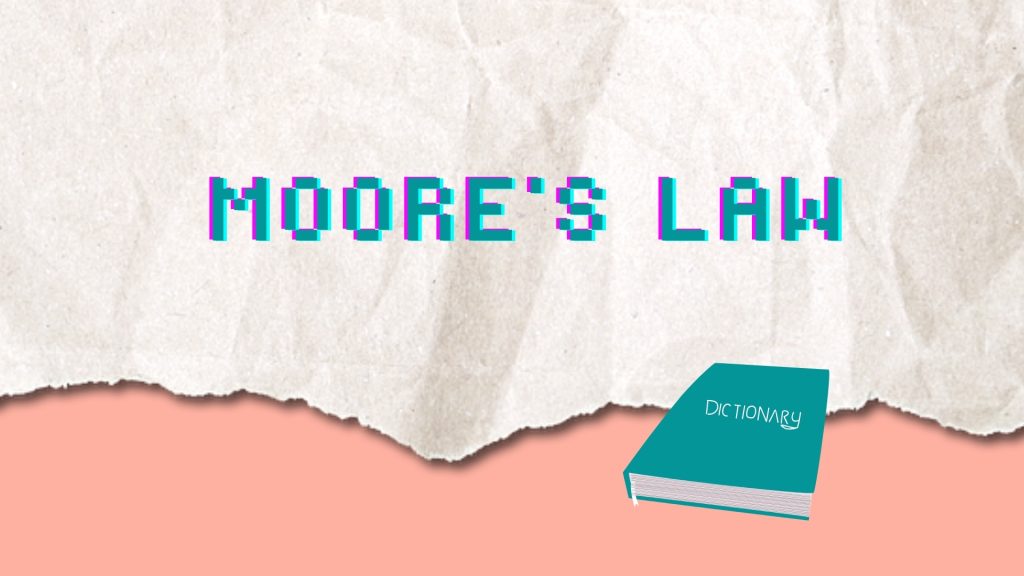
3. Moore’s Law
In the show: It pops up in those fast-fire tech arguments about microchips.
What it means: Back in the ’60s, Gordon Moore noticed that computer processing power seemed to double roughly every two years — and for decades, it did.
Why it matters: It’s the reason your phone can run circles around a bulky ’90s desktop.
How you’d use it: “Honestly, my laundry pile seems to be following Moore’s Law — every two days it’s twice the size.”

4. Reality Distortion Field
In the show: Not spelled out, but Leonard’s blind admiration for Sheldon? That’s it in miniature.
What it means: A mix of charisma, confidence, and persuasion so strong it makes you believe almost anything is possible. The term was first used about Steve Jobs, but you’ll spot it in politics, marketing, and group chats with that one persuasive friend.
How you’d use it: “I had no plans to sign up for a pottery class, but my sister’s reality distortion field is strong.”
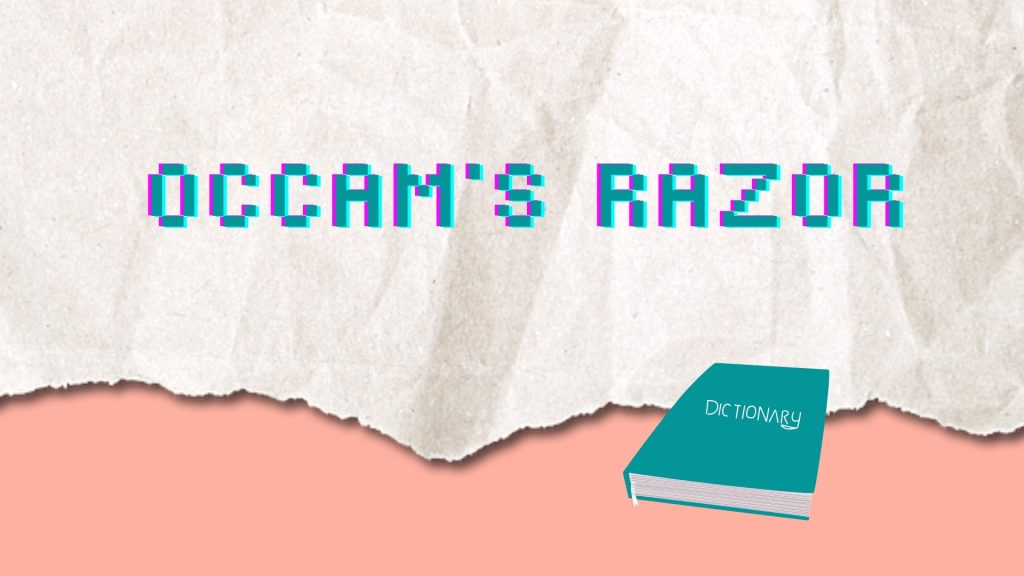
5. Occam’s Razor
In the show: There’s a moment where Sheldon uses it to “prove” Penny’s lost keys were just misplaced — not stolen by some elaborate conspiracy. That’s classic Occam’s Razor.
What it means: A centuries-old idea that when you’ve got multiple explanations, the simplest one is usually the right one.
Why it’s useful: Works just as well for solving physics problems as for figuring out why your oven smells funny.
How you’d use it: “If the Wi-Fi’s out, Occam’s Razor says it’s just the router… not some grand cyber-attack.”

6. Quantum Entanglement
In the show: Sheldon’s face actually lights up when he talks about it — calling it “spooky action at a distance.”
What it means: Two particles become so deeply linked that whatever happens to one instantly affects the other, even if they’re on opposite sides of the universe.
Why it matters: It’s mind-bending science, but it could change the way we send and secure information.
How you’d use it: “We keep texting each other at the exact same time — must be quantum entanglement.”

7. Hologram
In the show: Leonard dreams about holographic presentations.
What it means: A 3D image made with light.
Real-world link: From concerts to fashion runways (BBC, 2022).
How you’d use it: “If I could send a hologram to meetings, I’d never leave home again.”
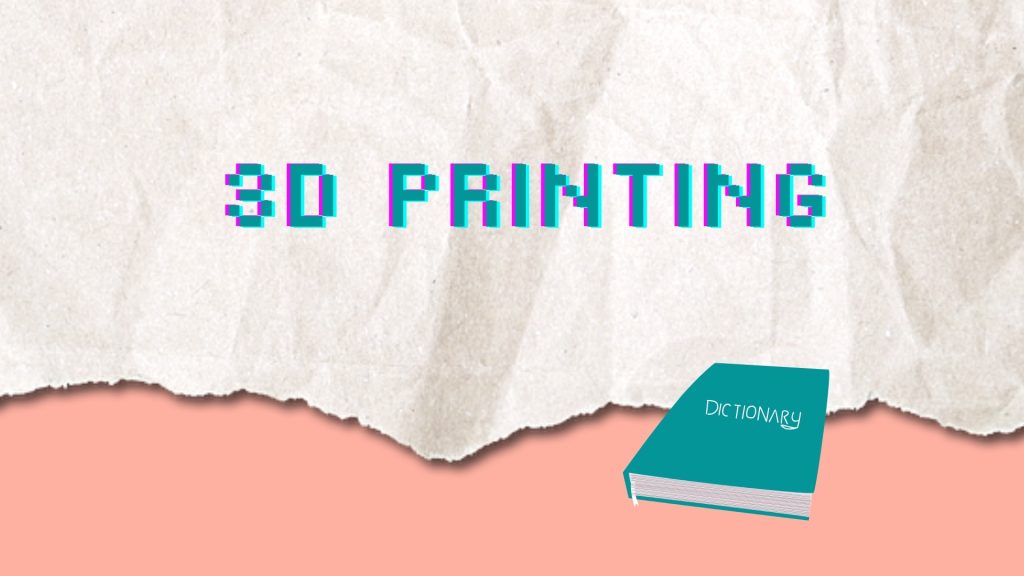
8. 3D Printing
In the show: A geeky project staple.
What it means: Layer-by-layer manufacturing from a digital design.
Why you should care: Prints jewellery, prosthetics, even chocolate.
How you’d use it: “If I had a 3D printer, I’d make my own shoes — and a matching coffee mug.”
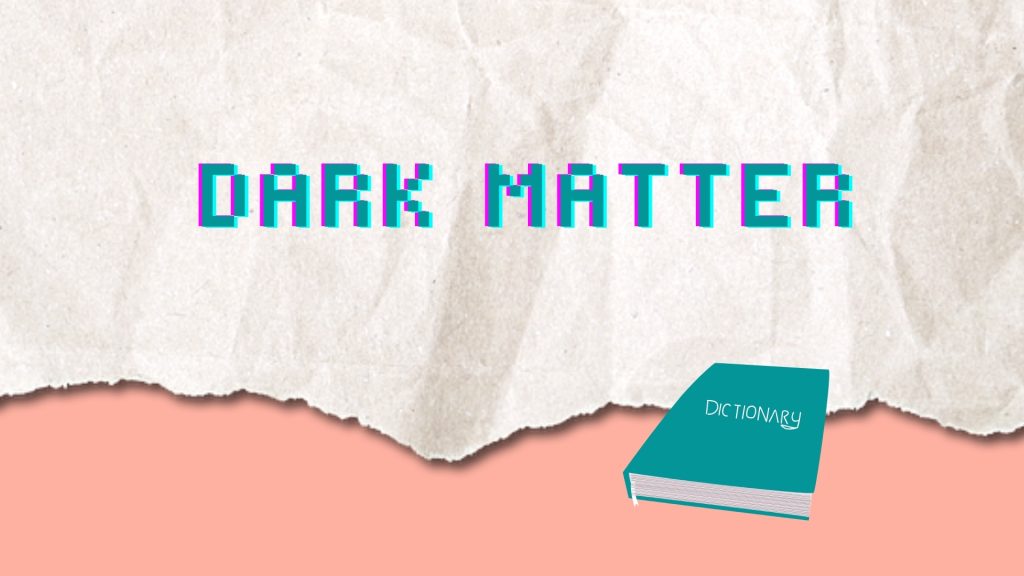
9. Dark Matter
In the show: A backdrop for scientific rivalry.
What it means: Invisible material making up most of the universe’s mass.
Why it’s fascinating: One of science’s biggest mysteries.
How you’d use it: “The snack that vanished from the fridge? Dark matter.”
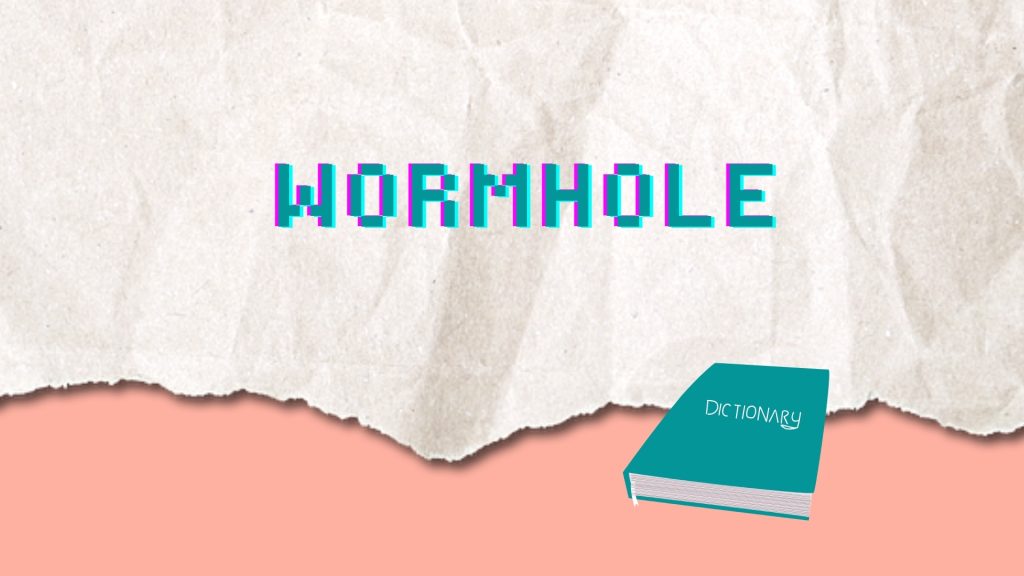
10. Wormhole
In the show: A sci-fi travel shortcut.
What it means: A theoretical tunnel through space-time.
Why it’s fun: Lets space movies skip the boring travel.
How you’d use it: “If there’s no wormhole to the airport, I’m not going.”
My Take: Why This Geek Dictionary Matters
It’s tempting to treat all this jargon as pure sitcom window dressing, but understanding these concepts — even at a basic level — matters. Tech terms like singularity or quantum entanglement aren’t just punchlines; they’re part of the language shaping real innovation. When women can join those conversations confidently, we’re not just “getting the joke,” we’re claiming our seat at the table where tech futures are imagined.
And besides, next time Sheldon drops a word like Occam’s Razor, you won’t just get the reference. You’ll have your own zinger ready — and that’s half the fun.









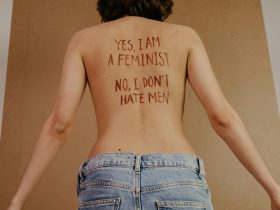





Leave a Review